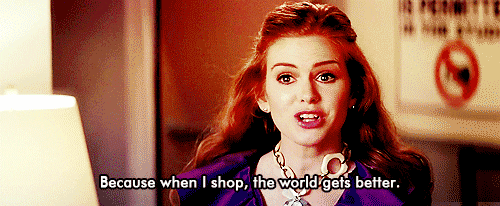
A 10-month trip in asia about Slow Fashion
WONDERING What Slow Fashion is?
Since the 1990s, the Fashion industry has been dominated by Fast Fashion companies such as H&M, Zara, GAP etc. Companies abandoned the bi-annual collection model and started offering ever-changing trends at cheap prices. These companies have been significantly increasing production pace and reducing product lifecycle so as to deliver new collections on a bi-monthly basis and create consumer frenzy. To meet with these new production requirements and cut costs, Fast-Fashion companies have started to outsource to Southeast Asian countries where labour force is cheaper and labour law far more lenient. This decentralized model has lead to lower costs and higher profits. It also resulted in supply chains fragmentation which now makes it very difficult to know who made our clothes.
This new economic paradigm has had enormous social and environmental impacts and Fast Fashion companies have been hit by countless scandals since the early 2000s. Criticisms have mainly been focused on child labour, lack of safety in factories, low wages, lack of transparency, large amount of waste and massive release of chemical pollutants in air and water.
Indeed, the Fashion industry is the world’s 2nd most polluting industry after the oil industry (Kerr & Landry, 2017). According to the World Health Organization (WHO), 20% of world’s dirty water comes from Fashion Production and a single ton of garment requires 200 tons of water. By 2030, the fashion industry’s water consumption should further increase by 50% due to growing demand (Boston Consulting Group and Global Agenda, 2017).
When it comes to social impact, You might have heard of the Rana Plaza Collapse which claimed the lives of 1134 garment workers in Bangladesh on April 24th 2013. This tragedy could be considered as the start of the “fashion revolution”. The so called “mass industrial homicide” served as a wake-up call for many garment companies. While Social progress has been made 6 years later, there is still a long way to go.
2nd
most polluting industry after oil
We, the consumers also have our part of responsibility in that global phenomenon. We buy a staggering amount of clothing ! 80 billion of items are consumed every year, i.e. four times more than 20 years ago. Because of cheap prices, new designs and unfortunately low-quality products, we throw away a huge amount of clothing : an average of 30 kg per person annually.

Hopefully, the Fast Fashion industry is being slightly shaken by its antonym : Slow Fashion !
Slow Fashion is a broad concept encompassing all production and consumption processes that strive to respect people and our planet. Slow Fashion values quality, sustainability, transparency, the art of clothes making and fair treatment of people. Today, many Slow Fashion production methods and concepts emerge. For brands and consumers, from cotton butts to wardrobe, there are many ways of reducing the impact : using natural or less chemical and water intensive fibers, natural dyeing methods, recycled and upcycled fabrics, providing fair wages, ensuring safe workspaces in garment factories, buying second-hand items, buying less and choosing better…
I could write a lot more about it but I’m not going to spoil you ! To know more, you should read the existing and upcoming stories and articles :)
Why such a project ?
One year ago, I wrote my master thesis on the Future of Slow Fashion from the consumer point of view. I tried to identify the purchasing motivations of fashion consumers and to measure the importance of ethical motivations.What I eventually found out is that people start being more and more aware of the negative impacts of Fast Fashion but are still strongly attached to its comparative advantages i.e. cheap prices and renewed designs.

One year later, living in Cambodia, I have been struck by the numerous Slow Fashion initiatives implemented there. I was surprised to see that in a country usually known as “the factory of world”, there are such amazing brands and concepts flourishing. These brands and their impacts definitely deserve to be known. That’s where Made In plays a role !
With Made In, I want to :
-
Increase awareness on the benefits of Slow Fashion and bring to the fore new ways of dressing up that respect people and our planet
-
Change the way most of us see labels “Made in Cambodia”, “Made in China”, “Made in India”... and show that the countries most affected by the Fashion industry come up with plenty of resources and ideas to face the issues of Fast Fashion.
In this way, I hope consumers will gradually change their behaviours...

